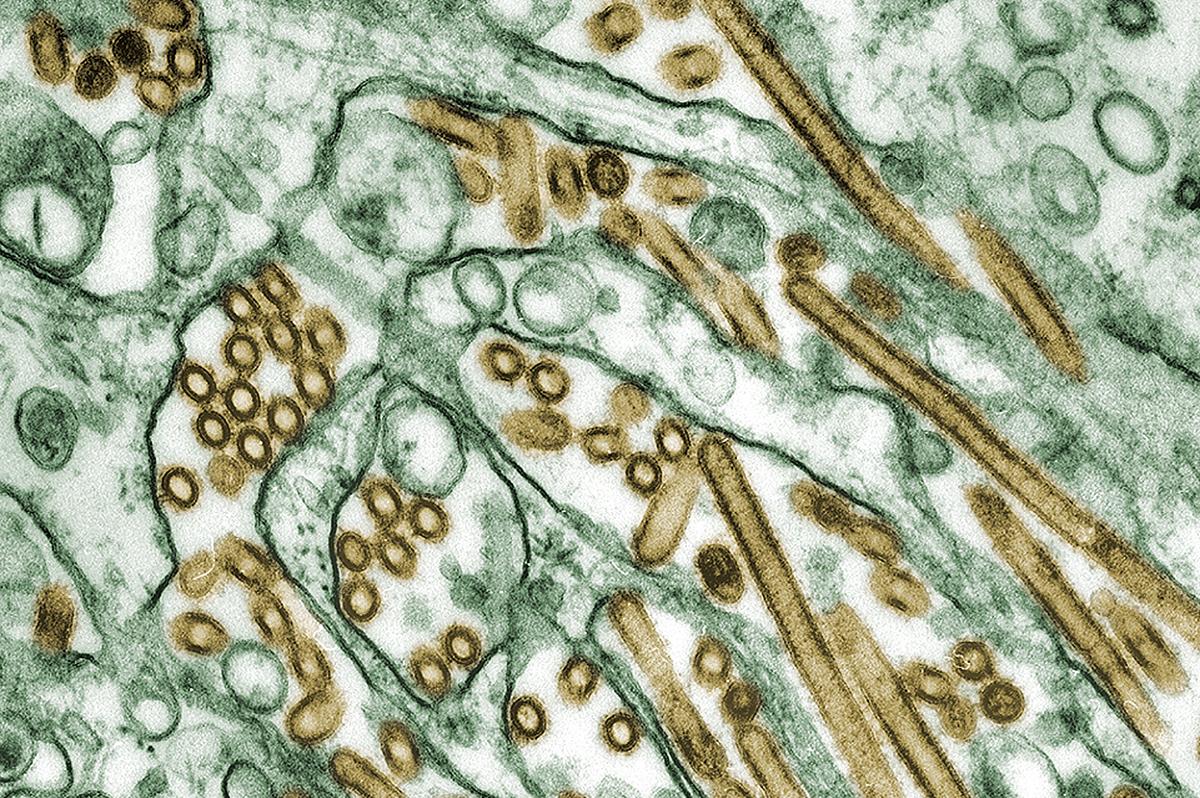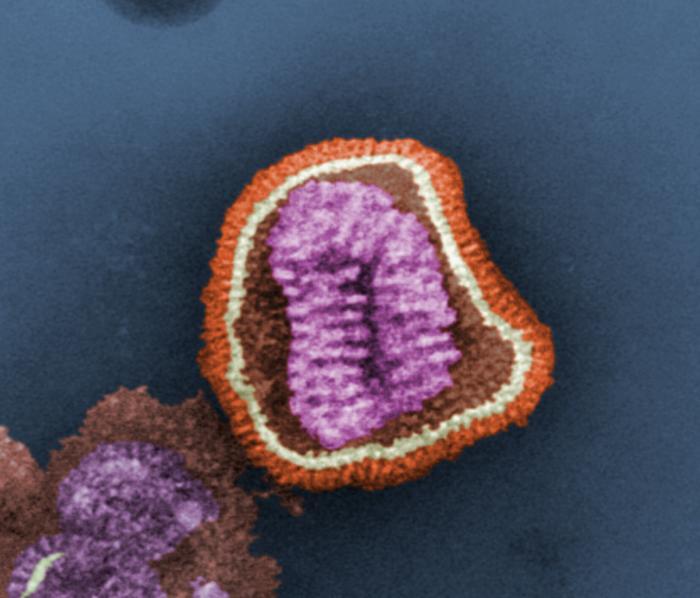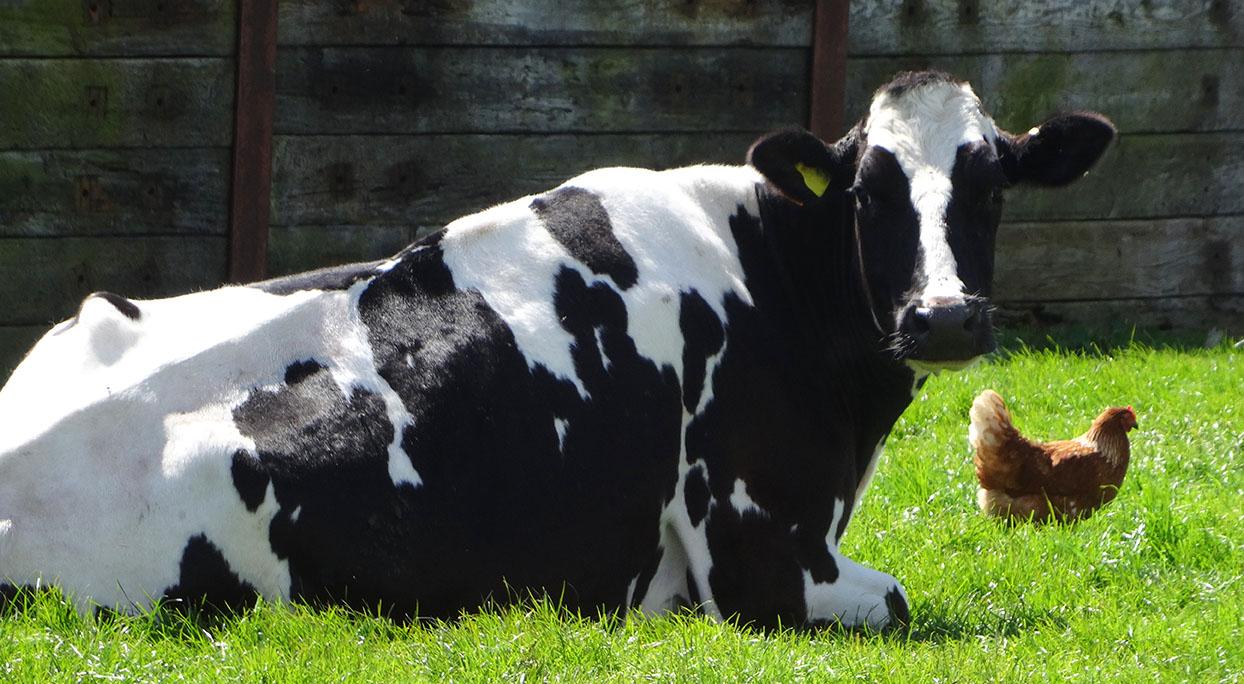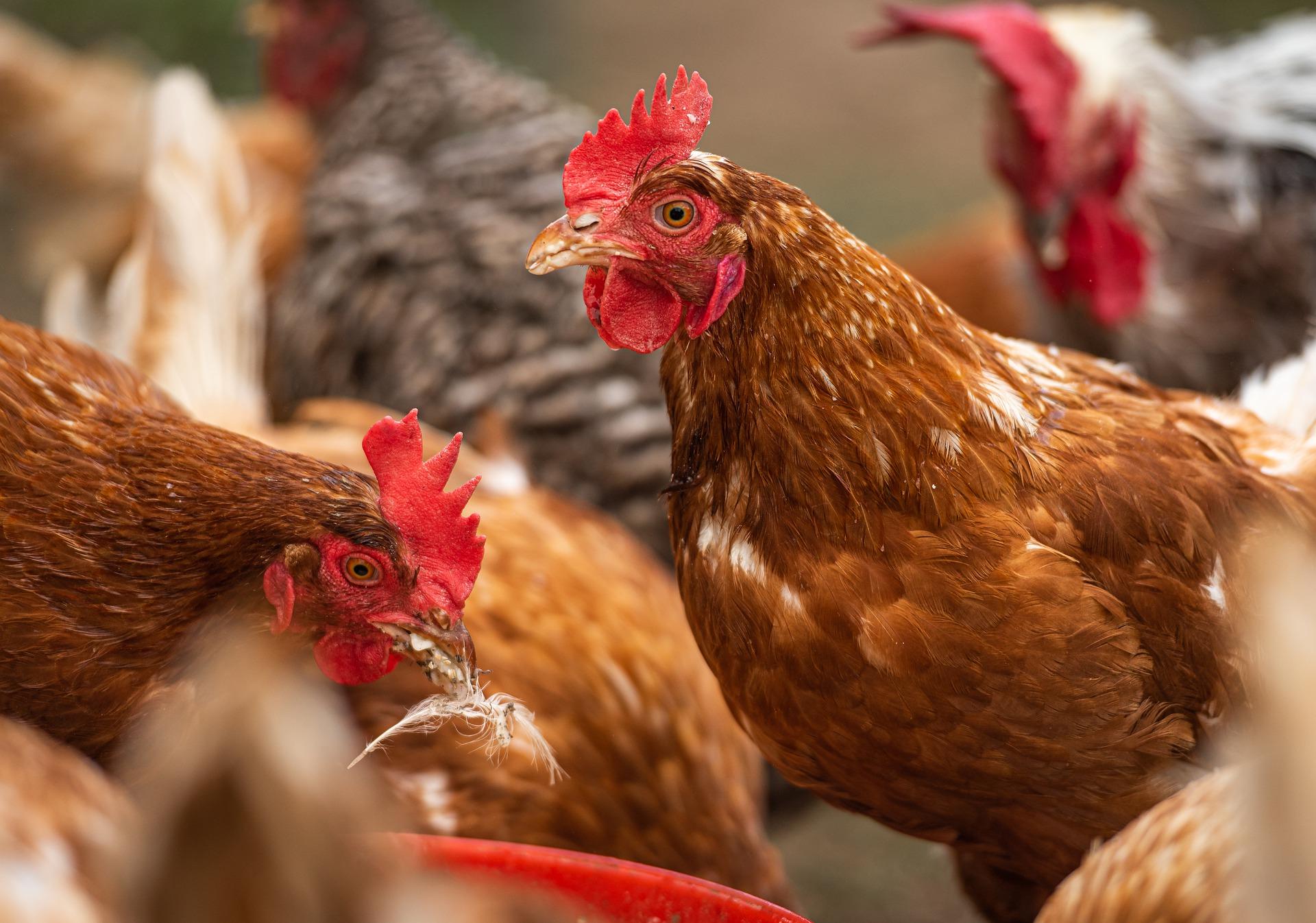Our group
The Zoonotic Influenza Viruses group was established in 2023. Influenza viruses have historically been the cause of the majority of known human respiratory pandemics. This is due to their ability to jump between and adapt to a wide range of species including wild waterfowl and seabirds, domestic poultry and swine, as well as humans.
Our aims
The aim of our work is understanding the underlying factors that facilitate cross-species transmission of influenza viruses, with a particular focus on how adaptation to different animal species could impact the zoonotic and pandemic potential of these viruses in humans.
Our research
Our research currently focuses on three main areas.
Distribution of influenza receptors in different species and adaptation of the virus to modified receptors
We have previously found that low pathogenicity avian influenza viruses that are highly adapted to chickens, but not those found in waterfowl, have a high tendency to adapt to modified glycan receptors. We aim to understand the relevance of this adaptation by looking at the distribution of these receptors in different avian and mammalian hosts. Furthermore, we want to understand why relevance of this adaptation and the impact it has on virus tropism, pathogenicity, transmission route and zoonotic potential.
Role of virus stability in avian influenza viruses
Avian influenza viruses have been described as having lower intrinsic virus stability than human adapted viruses. This has been correlated with the transmission routes used by these viruses – whereas human influenza viruses require high stability to transmit in aerosols over longer distances, avian influenza viruses are traditionally thought to transmit rapidly through the oral-fecal route. However, we have previously seen that many highly chicken adapted, low pathogenicity avian influenza viruses are highly stable, comparable to human seasonal or pandemic influenza viruses. We want to investigate the impact this increased stability has on transmission route and pathogenicity in chickens, and the impact this has on zoonotic potential of these viruses.
Distribution, activity and viral preference in host activating proteases in different species
One key step for the entry of many viruses, including influenza and coronaviruses, is recognition and cleavage of their attachment proteins by host proteases. This cleavage is usually followed by viral fusion with the host membrane. The preference for different proteases is fairly well established for human influenza and coronaviruses, however little is known about the equivalent proteases for avian or swine viruses. We will investigate avian and swine versions of known activating proteases (such as TMPRSS2) for their ability to cleave and cause fusion of the attachment proteins from animal influenza or coronaviruses. Furthermore, we will investigate if mismatches in protease preference, protease activity, or tissue distribution could act as host barriers, or cross-species facilitators for these viruses.
Our impact
Understanding how influenza viruses can switch between different hosts, and how switches between different animal hosts can influence zoonotic or pandemic potential is key to monitoring and prioritising interventions that could prevent future pandemics. Over the last century influenza pandemics have occurred at intervals of 10-40 years; at present it has been almost 15 years since the last influenza pandemic in 2009.
Beside humans, understanding these host jumps and adaptations is also key to preventing transmission from wild birds into domestic poultry or pigs, for which influenza poses a major food security risk. As demonstrated by the current panzootic H5N1 outbreak, influenza viruses can also have huge impacts on wildlife and ecosystems.




